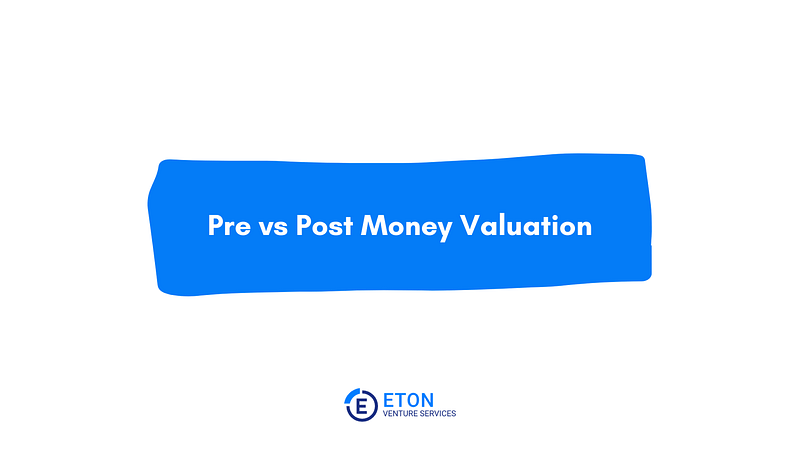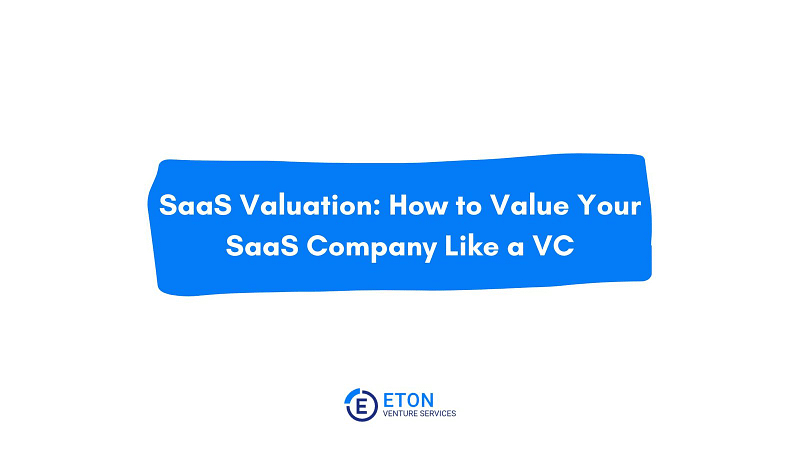Intangible assets have become increasingly vital in today’s economy, reshaping the way businesses operate and market their products or services. Understanding these intangible assets and their value is crucial for companies seeking to gain a competitive edge and maintain long-term sustainability. This article delves into the various aspects of intangible assets, from their definition and types to their impact on financial reporting. Additionally, it explores the challenges in valuing intangible assets, their role in business strategy, and the emerging trends in intangible asset management.
Understanding Intangible Assets
Intangible assets are non-physical resources that contribute to a company’s value but lack a physical substance. They encompass a wide range of assets, including intellectual property, brand recognition, customer relationships, software, and patents. Unlike tangible assets like machinery or buildings, which can be seen and touched, intangible assets are typically conceptual in nature, making them more challenging to measure and assess.
Intangible assets are the hidden gems of a company’s value. While tangible assets are easily identifiable, intangible assets often hold the key to a company’s long-term success. These assets are the driving force behind a company’s competitive advantage, innovation capabilities, and market position. Understanding the different types and importance of intangible assets is crucial for businesses in today’s digital age.
Definition and Types of Intangible Assets
Intangible assets can be classified into various categories based on their characteristics and use. Intellectual Property (IP), such as patents, copyrights, and trademarks, represents a significant portion of intangible assets. These protect a company’s unique creations and provide legal rights over their use or distribution. Intellectual property is a valuable asset that can generate substantial revenue streams and create barriers to entry for competitors.
In addition to intellectual property, brand recognition is another crucial intangible asset. Brand recognition encompasses the reputation, loyalty, and associations consumers have with a company or its products. A strong brand can differentiate a company from its competitors, build customer trust, and drive customer loyalty. Companies with well-established brands often enjoy higher customer retention rates and can charge premium prices for their products or services.
Customer relationships are also significant intangible assets. Building strong and loyal customer relationships can lead to repeat business, positive word-of-mouth referrals, and increased customer lifetime value. Companies that prioritize customer relationship management often have a competitive advantage in the market, as they can leverage their existing customer base to drive future growth.
Software systems are another essential type of intangible asset. In today’s digital age, companies heavily rely on software for various business operations, including customer relationship management, supply chain management, and data analytics. Well-developed and efficient software systems can streamline processes, improve productivity, and enhance decision-making capabilities. Companies that invest in cutting-edge software often have a technological edge over their competitors.
The Importance of Intangible Assets in Today’s Economy
In recent years, there has been a paradigm shift in how value is created and measured in the business world. Today, intangible assets play a crucial role in driving a company’s financial performance and market valuation. The increasing dominance of the digital economy, globalization, and rapid technological advancements have magnified the significance of intangible assets.
Companies with strong intangible assets often possess greater resilience, innovation capabilities, and market position, enabling them to outperform competitors in the long run. These assets provide a foundation for sustainable growth and profitability. Investors and stakeholders now recognize the importance of intangible assets and consider them when evaluating a company’s potential for future success.
Furthermore, the value of intangible assets extends beyond financial performance. They contribute to a company’s overall reputation, brand image, and customer perception. Companies with a strong portfolio of intangible assets are often seen as industry leaders, attracting top talent, strategic partnerships, and investment opportunities.
In conclusion, intangible assets are the backbone of a company’s value in today’s economy. They encompass intellectual property, brand recognition, customer relationships, and software systems. Understanding and leveraging these assets can drive a company’s competitive advantage, innovation capabilities, and long-term success. As the business landscape continues to evolve, intangible assets will remain a critical factor in determining a company’s growth potential and market position.
The Valuation of Intangible Assets
Valuing intangible assets poses unique challenges compared to tangible assets due to their intangible nature and lack of market prices. Accurately determining their worth requires comprehensive analysis and consideration of multiple factors.
Intangible assets, such as intellectual property, brand value, and customer relationships, play a crucial role in the success and competitiveness of businesses. However, their intangible nature makes it difficult to assign a specific value to them. Unlike tangible assets, which can be easily appraised based on their physical characteristics and market prices, intangible assets require a more nuanced approach.
One of the main challenges in valuing intangible assets is the lack of standardized accounting practices. Unlike tangible assets, which are typically recorded on a company’s balance sheet, intangible assets often go unrecognized or are undervalued. This is because there are no clear guidelines on how to measure and report their value. As a result, companies may not fully capture the true worth of their intangible assets, leading to potential undervaluation.
Another challenge is the absence of active markets for many intangible assets. Unlike stocks or real estate, which have well-established markets where buyers and sellers can easily determine prices, intangible assets often lack a vibrant marketplace. This makes it difficult to find comparable transactions or benchmark prices for valuation purposes. Without market data, valuation professionals must rely on alternative methods to estimate the value of intangible assets.
The subjective nature of valuation methods is also a significant challenge. Unlike tangible assets, which can be valued based on objective criteria such as replacement cost or market value, intangible assets require more judgment and assumptions. Estimating the financial impact, duration, and competitive advantage associated with intangible assets often involves a delicate balance of qualitative and quantitative analysis. Valuation professionals must consider factors such as brand reputation, customer loyalty, and technological advancements to arrive at a comprehensive and reliable valuation.
Approaches to Intangible Asset Valuation
To overcome the challenges associated with valuing intangible assets, various approaches have been developed. These approaches aim to provide a systematic framework for assessing the value of intangible assets and help companies make informed decisions.
The cost approach is one such method. It estimates the cost to recreate or reproduce the intangible asset. This approach assumes that the value of an intangible asset is equivalent to the cost required to develop or acquire a similar asset. For example, if a company wants to value its patented technology, the cost approach would consider the expenses incurred in research and development, legal fees, and other associated costs.
The market approach, on the other hand, compares the intangible asset to similar assets traded in the marketplace. This approach relies on the principle of supply and demand. If there are comparable transactions for similar intangible assets, valuation professionals can use these transactions as a benchmark to determine the value of the asset in question. However, finding comparable transactions can be challenging, especially for unique or highly specialized intangible assets.
The income approach assesses the future economic benefits generated by the intangible asset. This approach focuses on the cash flow or revenue stream that the asset is expected to generate over its useful life. Valuation professionals use various financial models, such as discounted cash flow analysis, to estimate the present value of these future cash flows. The income approach is particularly useful for valuing intangible assets that generate ongoing revenue, such as trademarks or customer relationships.
While each approach has its strengths and limitations, combining multiple valuation methods and considering qualitative factors is often necessary to arrive at a comprehensive and reliable valuation. Valuation professionals must carefully analyze the unique characteristics of the intangible asset, industry dynamics, and market conditions to ensure an accurate assessment of its value.
The Role of Intangible Assets in Business Strategy
Intangible assets have a profound impact on shaping a company’s business strategy and driving its success in a competitive marketplace.
Leveraging Intangible Assets for Competitive Advantage
Companies that effectively leverage their intangible assets can gain a substantial competitive advantage. By focusing on building strong brand recognition, cultivating customer relationships, and protecting intellectual property, companies can differentiate themselves from competitors and establish a unique market position. Intangible assets play a pivotal role in driving innovation and fostering customer loyalty, enabling companies to adapt to changing market dynamics and seize new opportunities.
Risk Management for Intangible Assets
Managing the risks associated with intangible assets is crucial for long-term success. Companies must actively identify and evaluate potential risks that could erode the value of their intangible assets. These risks may include technological obsolescence, cybersecurity threats, legal disputes over intellectual property rights, or reputational damage. Developing robust risk management strategies and implementing proactive measures can help safeguard the value of intangible assets and mitigate potential adverse events.
The Impact of Intangible Assets on Financial Reporting
Accounting for intangible assets in financial reporting has become increasingly important, as it provides investors and stakeholders with insights into a company’s overall value and future prospects.
Accounting for Intangible Assets
Accounting standards such as the Generally Accepted Accounting Principles (GAAP) and International Financial Reporting Standards (IFRS) provide guidelines on how to recognize, measure, and disclose intangible assets. Companies must identify and measure intangible assets separately from other assets, reporting them on their balance sheets. Various accounting treatments may apply depending on the type and nature of the intangible asset, including amortization, impairment testing, and periodic reassessment.
The Effect of Intangible Assets on Company Valuation
Intangible assets can significantly influence a company’s valuation. Investors and analysts often consider a company’s intangible assets, such as brand equity and intellectual property, when assessing its value and growth potential. Companies with a robust portfolio of well-managed intangible assets may command higher market valuations, making intangible asset management a critical aspect of overall corporate strategy.
The Future of Intangible Assets
As the business landscape continues to evolve, so does the importance and management of intangible assets. Anticipating future trends and adapting to changing market dynamics will be essential for companies seeking to harness the full potential of their intangible assets.
Emerging Trends in Intangible Asset Management
Rapid advancements in technology, such as artificial intelligence, blockchain, and machine learning, are revolutionizing the management and utilization of intangible assets. Companies that embrace these emerging technologies can streamline their asset management processes, enhance data-driven decision-making, and capitalize on new opportunities for value creation. Additionally, growing awareness of environmental, social, and governance (ESG) factors is influencing how companies manage and communicate their intangible assets, with greater emphasis on sustainability and ethical practices.
The Role of Technology in Shaping Intangible Assets
The ongoing digital transformation is reshaping the nature and importance of intangible assets. As technology becomes increasingly integrated into business operations and consumer experiences, companies must navigate the challenges and opportunities associated with digitizing their assets. This includes safeguarding data privacy, managing cybersecurity risks, and harnessing the power of data analytics for better decision-making. Investing in the technological infrastructure and capabilities necessary to leverage intangible assets effectively will be a key driver of future success.
In conclusion, the rise of intangible assets has disrupted traditional notions of value creation and financial reporting. Companies must proactively understand, value, and manage their intangible assets to remain competitive in today’s rapidly changing business landscape. By leveraging their intangible assets strategically, adopting best accounting practices, and embracing emerging trends, businesses can unlock growth opportunities, enhance their market position, and secure long-term success.
How Can Eton Help?
At Eton Venture Services, we are dedicated to helping you accurately report the value of your intangible assets through rigorous and defensible goodwill impairment testing. Don’t risk your company’s critical financial reporting compliance efforts with software-driven “form” models or inexperienced teams. Trust Eton’s team of experts to provide you with precise, compliant, and independent valuations that safeguard your interests and ensure compliance while maximizing tax advantages. Join the industry leaders who have already benefited from our exceptional client service and valuation expertise. Let Eton Venture Services guide you through the complexities of goodwill impairment testing and financial reporting compliance. Contact Eton Venture Services today.








